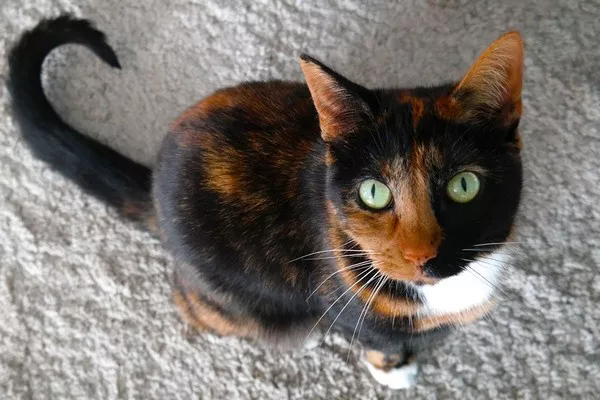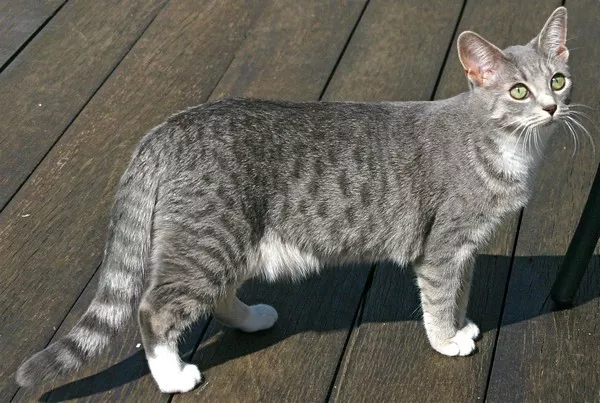Caring for a feline friend involves more than just providing food; it’s about understanding your cat‘s nutritional needs, establishing a feeding routine, and fostering a healthy relationship with food. In this comprehensive guide, we explore nine essential tips on how to feed a cat, considering factors such as portion control, feeding schedules, and the types of food that contribute to your cat’s overall well-being.
9 Tips on How To Feed a Cat
1. Choose a High-Quality Cat Food:
The foundation of a cat’s well-being starts with the right food. Opt for high-quality cat food that meets the nutritional standards set by reputable organizations. Look for products with a protein source as the primary ingredient and minimal fillers. Consult with your veterinarian to determine the most suitable type of cat food—dry kibble, wet food, or a combination—for your cat’s individual needs.
2. Portion Control Matters:
Maintaining a healthy weight is crucial for your cat’s overall health. Portion control is key to preventing obesity, which can lead to various health issues. Follow the feeding guidelines provided on the cat food packaging, adjusting portions based on your cat’s age, weight, and activity level. Regularly monitor your cat’s body condition and consult your veterinarian for guidance on portion sizes.
3. Establish a Consistent Feeding Schedule:
Cats thrive on routine, and establishing a consistent feeding schedule contributes to their well-being. Choose specific times for feeding and stick to them as closely as possible. Consistency in feeding schedules helps regulate your cat’s metabolism, digestive processes, and reinforces a sense of security and predictability.
4. Provide Fresh Water:
Hydration is a crucial aspect of feline health. Ensure your cat has access to fresh, clean water at all times. Some cats prefer running water, so consider investing in a cat water fountain to encourage increased water consumption. Proper hydration supports kidney function, aids digestion, and contributes to healthy skin and coat.
5. Monitor Treat Intake:
While treats can be a delightful way to reward your cat or offer additional nutrients, moderation is key. Excessive treat consumption can contribute to weight gain and nutritional imbalances. Choose high-quality, low-calorie treats and limit their intake. If you have concerns about your cat’s treat consumption, consult with your veterinarian to determine an appropriate treat regimen.
6. Consider Your Cat’s Age and Life Stage:
A cat’s nutritional needs evolve throughout their life stages. Kittens, adults, and seniors have different requirements in terms of protein, vitamins, and minerals. Select cat food formulated for your cat’s specific life stage, and adjust their diet as they age. Regular veterinary check-ups can help ensure your cat’s dietary needs align with their current life stage.
7. Introduce Variety in the Diet:
While consistency in feeding schedules is essential, introducing variety in your cat’s diet can provide additional nutrients and prevent mealtime monotony. Rotate between different flavors and textures of cat food, offering a mix of dry kibble and wet food if suitable for your cat. Variety not only contributes to nutritional diversity but also keeps mealtime exciting for your feline companion.
8. Monitor Changes in Eating Behavior:
Cats are known for their subtle communication, and changes in eating behavior can be indicative of underlying health issues. Monitor your cat’s appetite, chewing habits, and overall interest in food. Sudden changes, such as a significant increase or decrease in food consumption, may warrant a visit to the veterinarian to rule out potential health concerns.
9. Address Feeding Challenges with Patience:
Feeding challenges, such as finicky eating or mealtime stress, may arise at various points in your cat’s life. Approach these challenges with patience and a willingness to understand your cat’s preferences. Gradual transitions between foods, offering a variety of textures, and creating a calm feeding environment can help address feeding issues. If challenges persist, consult with a veterinarian for personalized guidance.
Conclusion
Feeding a cat is a holistic endeavor that involves a combination of nutritional knowledge, routine, and a deep understanding of your cat’s individual needs. By choosing high-quality cat food, practicing portion control, and establishing a consistent feeding schedule, you lay the foundation for your cat’s health and well-being. Monitoring your cat’s eating behavior, addressing challenges with patience, and providing variety in their diet contribute to a balanced and fulfilling feeding experience. Remember that each cat is unique, and adapting your feeding practices to suit their preferences ensures a harmonious and nourishing relationship between you and your feline friend.

![Do Birman Cats Like to Cuddle? [Revealed!]](https://www.catsmeowweb.com/wp-content/uploads/2023/06/burmese-cat-23.webp)






















